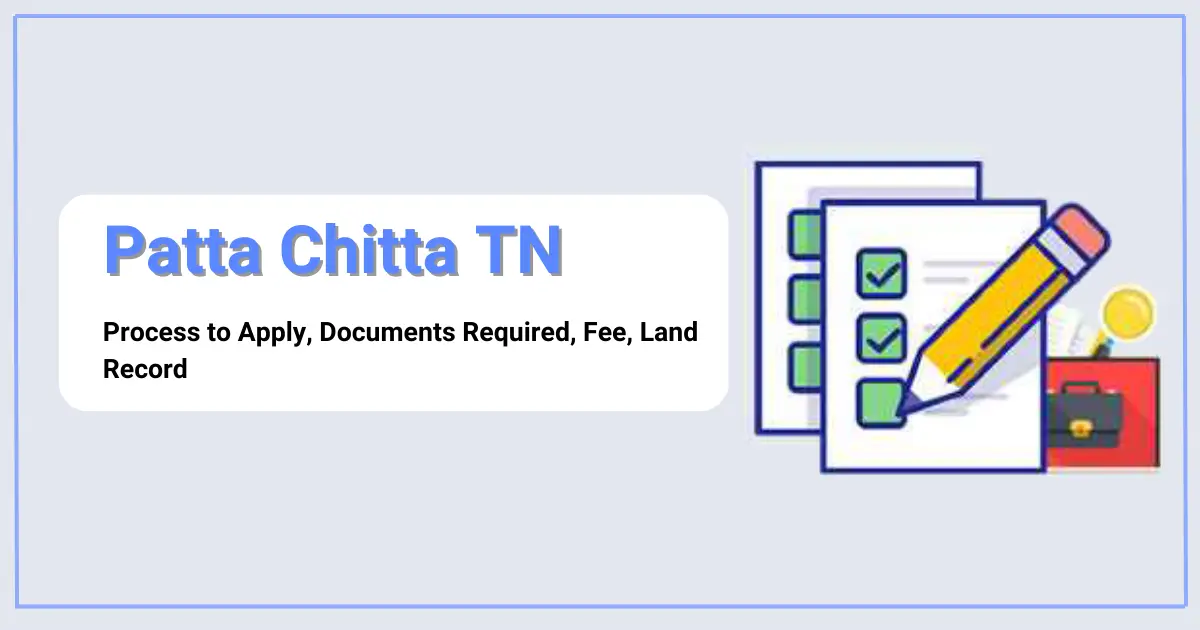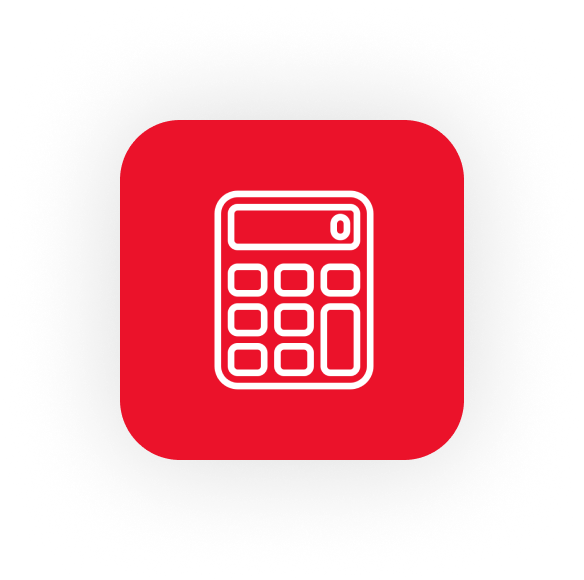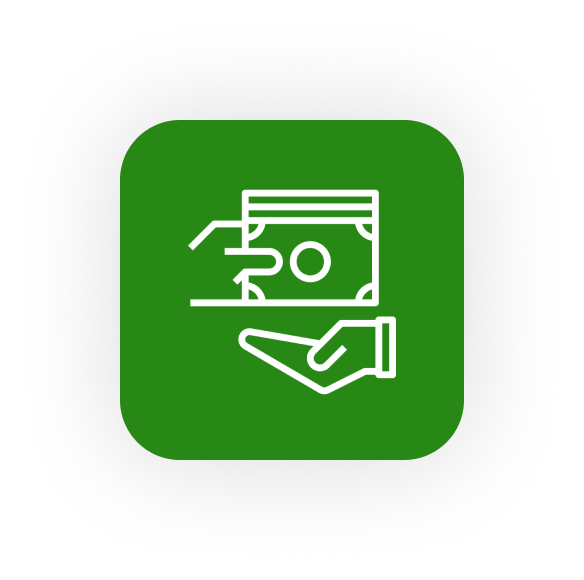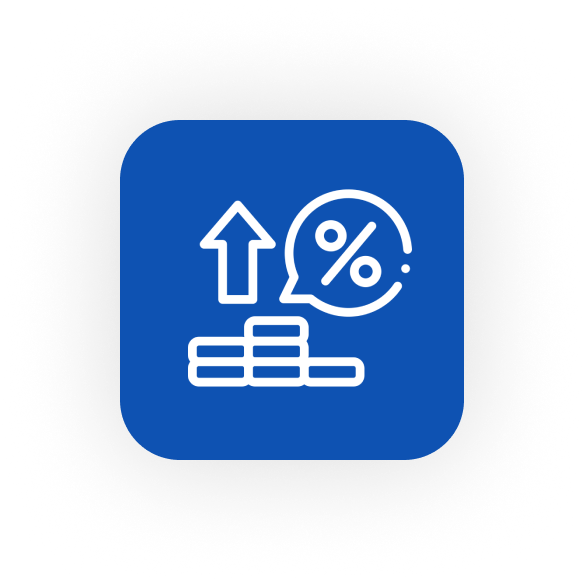What is Patta Chitta?
Patta Chitta refers to two important land revenue records in Tamil Nadu that provide legal proof of ownership, land classification, and usage. These documents are issued by the Revenue Department of the Government of Tamil Nadu.
Although once issued separately, as of 2015, Patta and Chitta have been integrated into a single online document for simplicity and better transparency.
What is a Patta?
Patta is a government-issued document in the name of the owner of a piece of land. It is also known as the Record of Rights (RoR).
Key Contents of a Patta:
-
Patta Number: Unique ID for land parcel
-
Name of the Landowner
-
Survey Number and Subdivision Number
-
District, Taluk, and Village
-
Type of Land: Wetland (Nanjai) or Dry land (Punjai)
-
Extent/Area of the Land
-
Tax Details: Revenue payable to the government
-
Ownership History (if transferred)
Purpose of Patta:
-
Proof of land ownership
-
Required for land transactions (sale/purchase)
-
Used in legal disputes and land surveys
-
Needed for obtaining loans on property
-
Required for utility connections (e.g., electricity, water)
What is a Chitta?
Chitta is a land revenue document maintained by the Village Administrative Officer (VAO) and the Taluk Office. It shows ownership, land type, and classification, mainly for agricultural land.
Key Contents of a Chitta:
-
Owner’s Name
-
Survey Number
-
Sub-Division Number
-
Extent of Land
-
Classification of Land:
-
Nanjai – Wetland (irrigated by canals, rivers)
-
Punjai – Dry land (less irrigation, rain-fed)
-
-
Tax Details
Chitta is mainly used to:
-
Know land usage (agricultural, residential)
-
Apply for land conversion
-
Check eligibility for government subsidies
-
Land Area
-
Revenue Assessment (Tax)
Note: From 2015 onwards, Chitta has been merged with Patta, and a single document (Patta) now holds all relevant data.
Integration of Patta and Chitta (Post-2015)
To simplify land ownership records, the Tamil Nadu government merged Patta and Chitta into one digital record. Now, you can get all land details in a single Patta certificate through the e-Services portal.
How to Check or Apply for Patta Chitta Online (2025 Process)
Official Website:
Steps to View/Download Patta Chitta:
-
Visit the e-Services portal.
-
Click on “View Patta & FMB / Chitta / TSLR Extract”.
-
Select:
-
District
-
Taluk
-
Village
-
-
Choose between Survey Number / Patta Number.
-
Enter the authentication value (CAPTCHA).
-
Click Submit.
-
View and download the document.
Documents Required to Apply for Patta Chitta (Offline):
If you’re applying via Taluk Office:
-
Sale Deed (copy and original)
-
Tax Receipt (latest)
-
Encumbrance Certificate
-
ID Proof (Aadhar/PAN/Voter ID)
-
Application form
Legal Importance of Patta Chitta:
-
Serves as proof of legal possession
-
Crucial for land inheritance or legal disputes
-
Needed for land conversion (agricultural → residential)
-
Helps prevent encroachments or frauds
Important Notes:
-
Patta Chitta is not issued for buildings, only for land.
-
If you own a flat, your land share is part of the mother document, not a separate Patta.
-
For joint ownership or ancestral property, ensure the mutation of land is updated in the Patta record.
-
Always verify the survey number and ownership name while viewing online records.
-
For joint ownership, the names of all owners must be recorded properly.
| Feature | Patta | Chitta |
|---|---|---|
| Purpose | Proves ownership | Shows land classification |
| Maintained by | Revenue Department | VAO / Taluk Office |
| Contains | Owner name, area, type, survey | Owner name, land type, usage |
| Usage | Sale, tax, loans, litigation | Agriculture, subsidies, usage |
| Current Status | Merged with Chitta | Integrated into Patta |
https://www.livehomes.in/blogs













